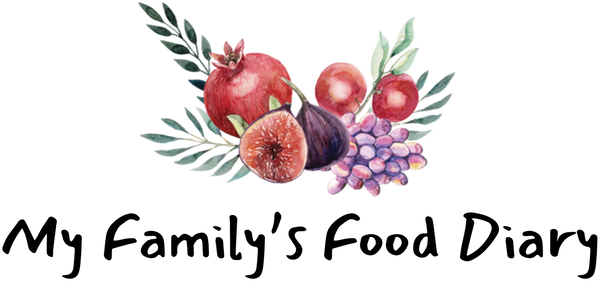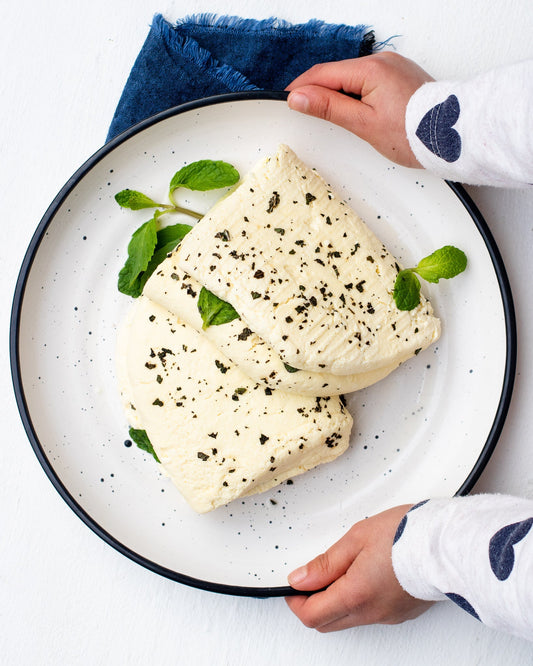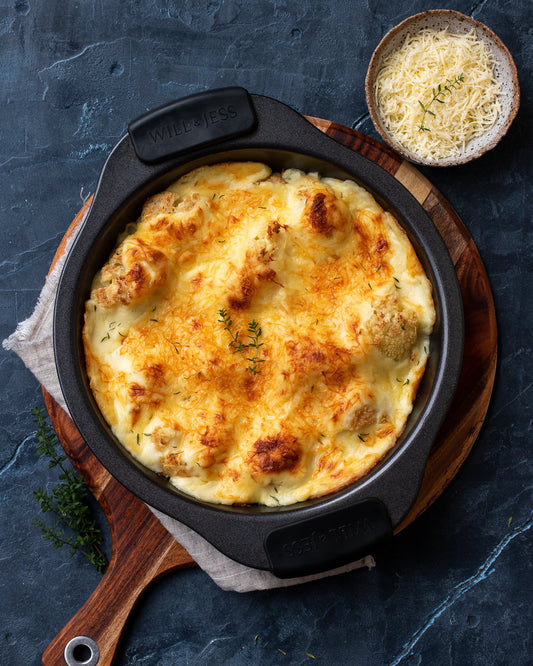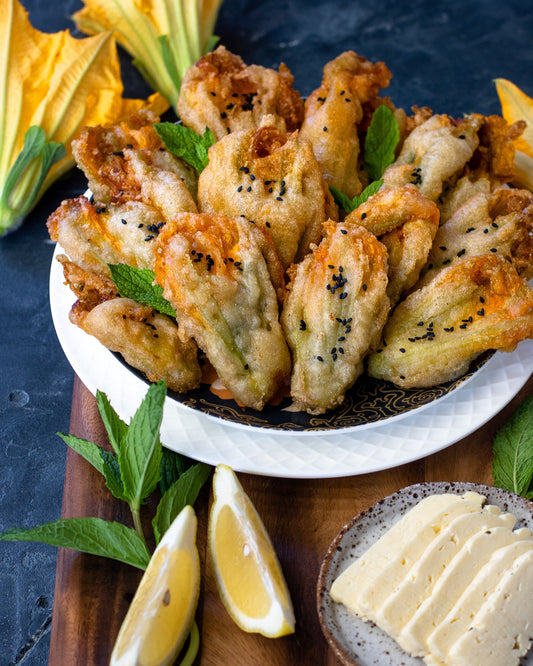Loukoumades

Loukoumades are puffed up crispy, fried, leavened dough balls drenched in an aromatic syrup! Most commonly seen at festivals in Greece and Cyprus they have now become mainstream in Australia with numerous sweet shops selling them. And the toppings they have… so indulgent and delicious! From Nutella and Biscoff to ice cream and salted caramel, the new modern topping options are endless.
The word loukoumades has come from the Arabic name luqma, which means a morsel/a bite size. This particular sweet is found in many other countries with slight variation to the ingredients, especially the syrup.

The significance of loukoumades for Theofania
On the 6th of January we celebrate Theofania, known as the Epiphany. It is the day we commemorate the Baptism of Jesus Christ by John the Baptist and often after the church service and the celebrations we enjoy eating loukoumades.
The legend of the hobgoblins, known in Greek tradition as “kallikantzari” is another aspect of the Theofania. Kallikantzari are said to be these black creatures that cause trouble and look like elves. They live deep inside the earth and come to the surface during the 12-day period from Christmas until Theofania.
Greek housewives traditionally made non syruped loukoumades (xerotigana) to ward off the kallikantzari. To prevent them from bothering the family, the women would toss the loukoumades onto the roof of the house to please them and make them go back into the ground where they came from. There’s a folk song they used to sing also that goes like: “Titsi, titsi loukaniko, kommati xerotianon, na fasin kai na fiousin”, which translates to “Here is a piece of sausage and a donut for them to eat and go away”.

The dough ingredients
Loukoumades in my view need to be airy, drenched in syrup with a crispy exterior, not bread like and dense. I have recipe tested so many different versions to try to achieve that and I’ve found two ways. One of them I am sharing with you today and the other I want to try one more alteration before I share.
Loukoumades are meant to be vegan friendly as traditionally they should not contain any milk products, that way we often enjoy them during Lent. The dough is made with very simple ingredients including plain flour, yeast, sugar, warm water and my special added ingredient for the crispy exterior…. fine semolina! Watch the “how to video” below until the end to hear that crunch!
The syrup used
Typically, loukoumades are drenched in an aromatic syrup but in some cases, they may be left without it and simply served with a drizzle of honey, cinnamon and nuts. The syrup I like to make is one without honey and cinnamon, instead I simply stir together water, sugar, cloves and some rosewater in the end.
If you want to make the syrup with honey and cinnamon here are the proportions I’ve used before: 1 ¼ cup caster sugar, 1 ¾ cup water, 2 cinnamon sticks, 3 cloves and ¼ cup honey stirred only at the end of the 20min simmer to maintain its flavour.
For the syrup to be readily absorbed it should be cold when adding the hot loukoumades in. I tend to make it overnight or at least 4 hours ahead of when I will need it and place it in the fridge. Alternatively, you may add room temperature loukoumades in hot syrup. Either way as long as the temperatures of the two components (syrup and loukoumades) are opposite then you will get a deliciously sweet result.

Tips for the perfect loukoumades
- I tend to use a cold syrup instead of a hot syrup for the loukoumades. In between frying the different batches, I actually return the syrup to the fridge rather than leaving it on the bench so that its cold temperature is maintained.
- I use a scale, especially when it comes to sweets to try get the amount of ingredients as accurate as possible. So, I’d highly recommend you look at those measurements instead of the cups.
- Don’t over whisk the dough, especially if you are using an electric mixer, as you want to keep the elasticity in the dough. As long as a smooth paste is formed then the dough is ready to proof.
- Brands of flour vary across the world hence it’s important to troubleshoot as you go if the dough isn’t the right consistency. Before proofing, the batter should not be runny or very thick, consequently you may need to add a tablespoon of water or flour accordingly to fix the consistency.
- To help “cut” the dough when frying we use a tablespoon that is dipped in oil or water. That will help tip the dough quickly in the oil without it sticking onto to the tablespoon.
- Once you are ready to start frying it’s important to have all the necessary utensils/equipment ready in front of you. These include: the bowl of dough close to the pot with oil, a small glass of oil or water with a tablespoon inside, a slotted spoon/skimmer to collect the loukoumades from the oil and one to mix the loukoumades in the syrup, a sieve over a bowl to catch the excess oil of the fried loukoumades and the bowl of syrup to drench the loukoumades in.
- If the loukoumades brown very quickly on the bottom first that means your oil temperature is too high and you should reduce it.
- If your fried loukoumades lose their shape after drenching them in syrup that means they are raw inside. So, you may need to reduce your heat to allow the loukoumades to cook slower but thoroughly.

How to make loukoumades – video
Below is a 1 minute video of the process of making loukoumades from beginning to the end. Two commonly asked questions are about the thickness of the dough and how to actually make the loukoumades shape. At 25sec you’ll see the consistency of the dough after proofing and at 30sec you’ll see how we cut them for frying.
For more sweet creations, traditional and non, check out this link!




4 comments
does anyone know if theres a way to batch fry or prepare these in large amounts for catering or fry to order… Can they be balled/portioned and then frozen before frying?
Although I haven’t tried your recipe as yet,( I am looking forward to trying it) I am to congratulate you how everything is described so well, sounds so easy. I am not an amateur, I do lots of baking myself, it’s my passion.Yes, I would add a bit of salt too for extra flavour (for my own liking). Keep up the good work
these photos looks amazing and I will try it ! Congratulations on your inspiring photos also !
This is a n excellent recipe. I made them tonight and they turned out amazing, nice a crispy on the outside soft and juicy on the inside. Couple of things though hence my 4*, they tasted a bit on the bland side they needed a bit of salt, for this recipe about 3/4 of a tsp. I usually do add salt to my recipe but just followed this one exactly. The other is the addition of the honey to the syrup for extra flavor, without they tasted a bit watery or watered down. All in all a great recipe. Will definitely make them again using this recipe with the addition of the salt and honey and see the difference.